China's Chang'e-6 lunar probe carrying samples from moon's far side is returning to Earth in about 10 days, media outlets reported on Saturday, highlighting potential new discoveries to be revealed in aid of lunar research.
The official account of the Chang'e-6 lunar probe posted an update on Chinese social media platform Weibo, on Saturday morning, saying that a mysterious package from the moon was on its way to Earth and the current progress of the delivery had exceeded 30 percent.
In about 10 days, the "specialty" from the far side of the moon will arrive on home soil, China Central Television (CCTV) reported on Saturday.
The latest update from the Chinese lunar probe came after it successfully finished sampling in the South Pole-Aitken Basin on the far side of the moon from June 2 to 3, packaging and delivering precious samples from the far side of the moon into a storage device carried by its ascender, thereby completing the process of "packing" for this special delivery from the moon.
The ascender of the Chang'e-6 took off from the far side of the moon at 7:38 am on June 4 with the lunar samples, and then smoothly accessed the scheduled circumlunar orbit. At this point, it implies that the world's first sampling and takeoff from the far side of the moon has been performed by the Chang'e-6.
Scientists have noted that there are significant differences in the geological composition and age of the moon's near and far sides. Therefore, the sampling at the far side of the moon will likely offer fresh findings in lunar research.
The striking difference between the near and far sides of the moon represent a highly valued manifestation of the moon's dichotomous nature. One of the key scientific missions of Chang'e-6, which collected and returned material from the far side of the moon, involved unraveling the dichotomy between the near and far sides of the moon, He Huicun, a researcher from the Institute of Geology and Geophysics of the Chinese Academy of Sciences, said in the CCTV report.
Experts pointed out that the composition of both the near and the far sides of the moon differ. On the near side of the moon, there is mostly dark black basalt covering large areas of soil, while on the far side has more bright white plagioclase distribution, providing a dramatic contrast. As a result, the far side of the moon appears to be more ancient than the near side, which is of great scientific value.
"The far side of the moon lacks any protection like magnetic fields or atmosphere at all, and features lots more impacts from meteors. The basin that was visited this time is a huge crash crater on the far side of the moon, which is very old, possibly capable of ejecting substances from the deep lunar crust, or even from the lunar mantle. For this reason, I hope that with the retrieval of lunar mantle material, we will have some clues as to what exactly is inside the moon," Professor Yung Kai-leung from the Precision Engineering School of Hong Kong Polytechnic University commented.








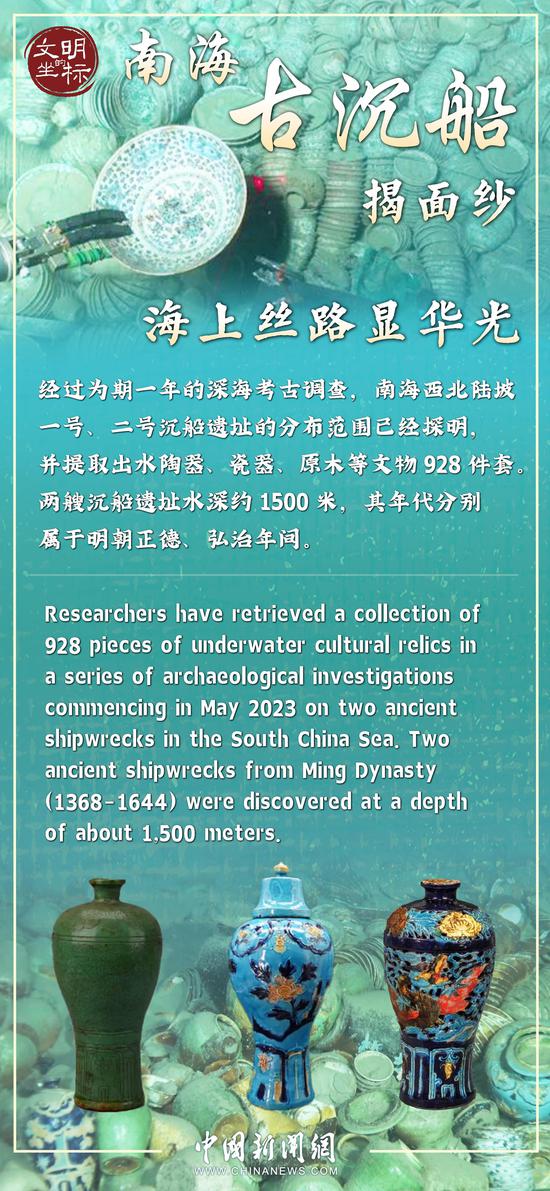


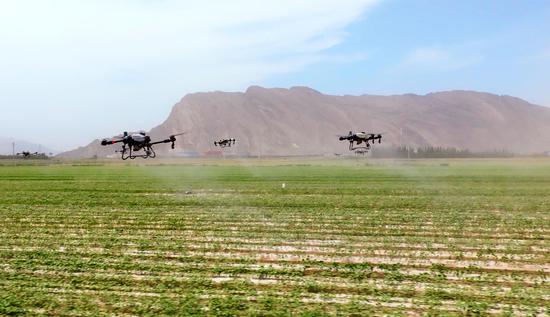









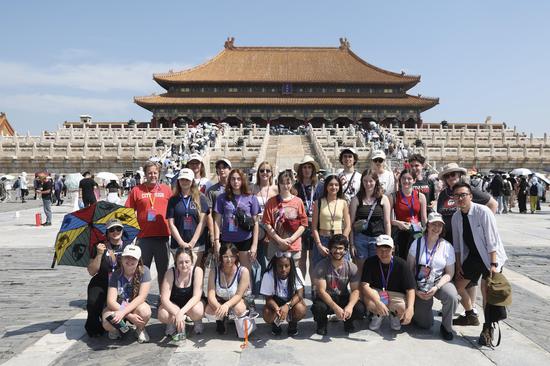
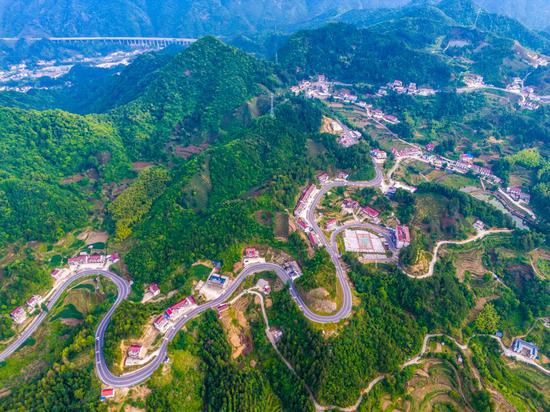
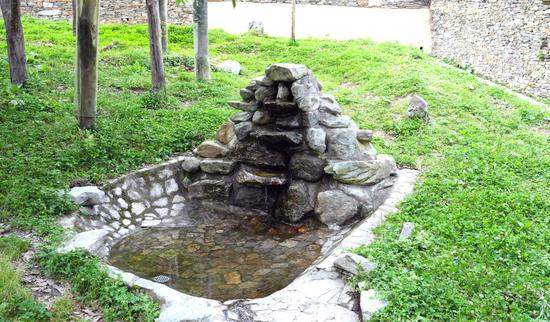






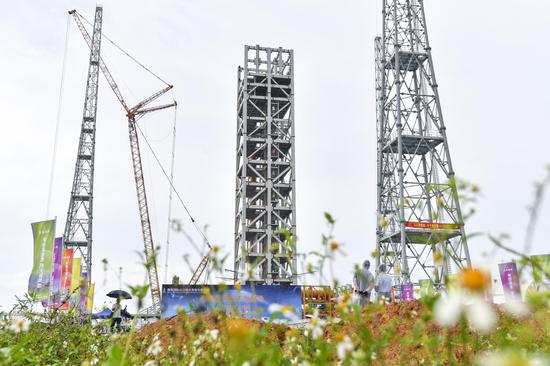
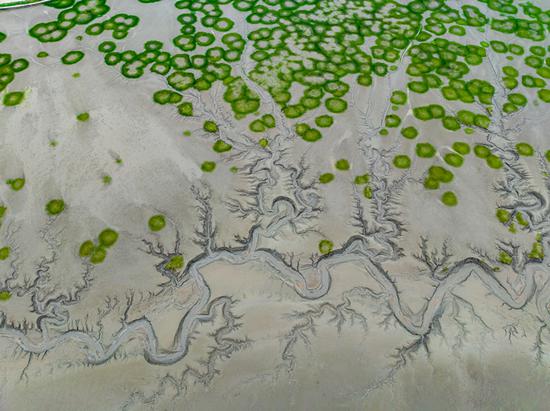





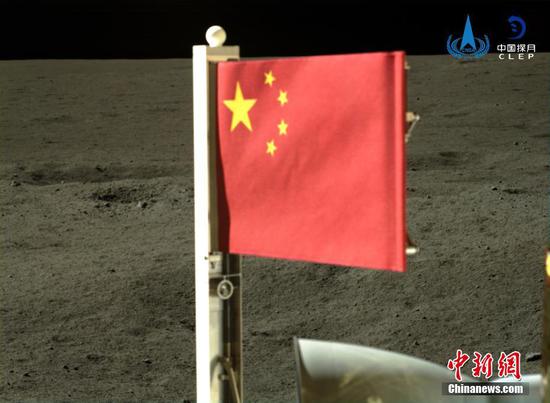

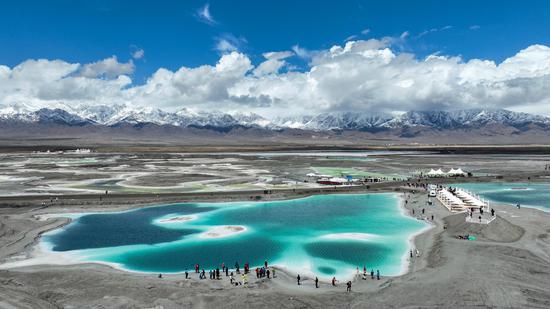
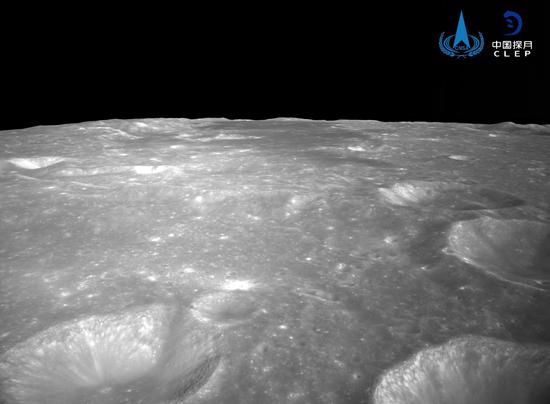









 京公网安备 11010202009201号
京公网安备 11010202009201号